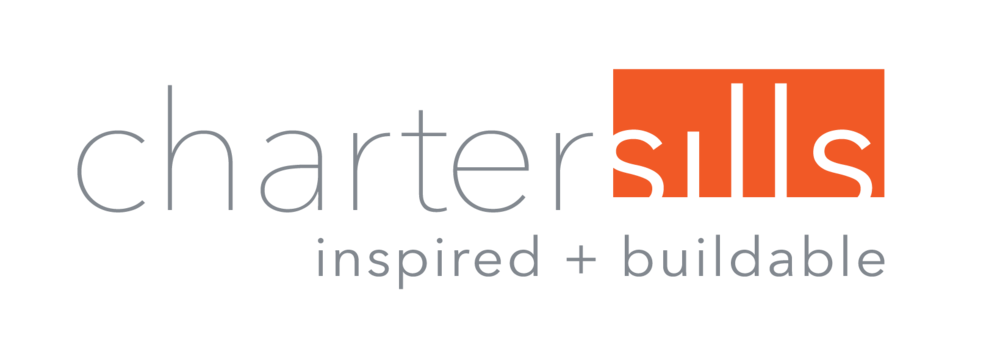When we think about the impact of technology on any field, we tend to first think of smarter, smaller, sleeker products. When it comes to architectural lighting design however, technology isn’t just about the latest LED trend—it also provides tools to create, monitor, and control lighting systems. The scope of how efficiency is impacted in architectural lighting design is broader than what you may think, and in this post we explore three key ways that technology plays a beneficial role in boosting efficiency: from energy to controls to the overall design process.
Energy Consumption
When it comes to efficiency in lighting design, energy consumption is most likely the first area we identify. The EPA estimates that on average 30% of the energy consumed in commercial buildings is consumed unnecessarily. While lighting certainly does not account for all of that waste, incorporating new technologies that help keep the lights off when they are not needed does have a significant impact on a building’s overall energy use.
Technological advances in luminaires, sensors, and controls have made great strides in improving energy efficiency, helping keep costs down and reducing energy consumption.
Occupancy sensors help adapt to lighting needs in real time, reducing the amount of time lights are left on when no one is in the room.
Keeping the lights off is not the only way to reduce energy consumption, however. Daylight harvesting makes it possible to rely less on artificial light sources when not absolutely necessary, for example reducing the number of lights needed during peak morning hours when natural light streams through the windows. In addition to consuming less energy, daylight harvesting also helps avoid over-illumination, creating an environment that helps employees work more comfortably and productively, as we have explored in an earlier post.
Outdoor lighting systems also present an opportunity to reduce energy consumption. Better understanding of light pollution has led to innovations that help direct outdoor illumination more effectively in order to reduce wasting energy on light that not only does not benefit anyone on the ground but can in fact cause harm. Exposure to light at night can interrupt circadian rhythms in humans and migratory patterns among animals, contributing to a range of health and safety risks. Reducing light pollution, then, can provide additional gains to the larger community by reducing health care and wildlife management costs.
For many companies—particularly in the hospitality industry—these advances in efficiency have proven to be a major advantage not just in financial savings, but also in attracting residents, guests, and patrons who prioritize environmentally friendly designs when choosing where to live, travel, eat, or shop.
Monitoring and Controlling Lighting Systems
A key part of the increased efficiency described above is the result of sensors and controls that allow for more precise regulation of a lighting system, and boosts efficiency when it comes to the human effort needed to keep the lights on or off.
More advanced digital platforms have made it easier to control lighting systems from anywhere—even from an individual’s smartphone. An entire building’s system can be managed in a targeted manner by one central control hub, reducing the need for employees to make rounds to switch lights on and off in person or to check for lights left on unnecessarily.
In addition to keeping costs down by not wasting energy, smart controls can help employees turn off unneeded lights while attending to other duties. Switching off lights in the same room or another part of the building becomes less of an interruption when the employee can simply push a few buttons from their desk or station.
Smart controls have also been beneficial in the hotel industry, where a well-designed lighting scheme creates greater convenience for guests that can enhance their experience and help build customer loyalty.
These gains in efficiency can extend beyond the level of a building, all the way to an entire community’s lighting system. Smart technologies can allow a small central control hub to manage lighting needs with greater precision, particularly in volatile conditions such as storms. These efficiency gains can also translate into increased safety and health in the community.
The advances described above also improve efficiency in helping lighting designers and building owners monitor energy consumption for code compliance with a greater degree of automation. With reliable tools, building operators can make sure they do not fall out of compliance with a greater degree of precision and less manpower.
The Design Process
We have looked at efficiency when it comes to the operation of the lighting systems, but there are also advantages that emerge well before that point. Technology also helps make the design process itself more efficient.
Modeling software and simulators help lighting designers study how light interacts with other objects within a proposed space more realistically or demonstrate how a lighting system will operate during various points in the season. These technologies allow designers not just to predict how their system will work, but to demonstrate these predictions to clients and collaborators more effectively.
Improvements in 3-D printing technology also allows for the creation of more customizable fixtures, creating efficiency gains in the manufacturing process that may turn into significant time savings for the project as a whole.
Advances in video-conferencing and other collaborative work platforms make it easier and more cost-effective for lighting designers to work with partners and clients anywhere in the world, opening up new opportunities. We saw this type of workflow sharply accelerated by health concerns in the wake of COVID-19, and while a return to more in-person collaboration is expected, virtual meeting technologies will certainly make it possible to broaden the possibilities for future project teams.
At CharterSills, we believe that when lighting is designed correctly, it can add dimension to the simplest of spaces. Lighting can turn an ordinary space into a work of art. Whatever design challenges clients present, CharterSills responds with a solution that exceeds their expectations. Contact us today at (312) 759-5909 or by email at info@chartersills.com.

